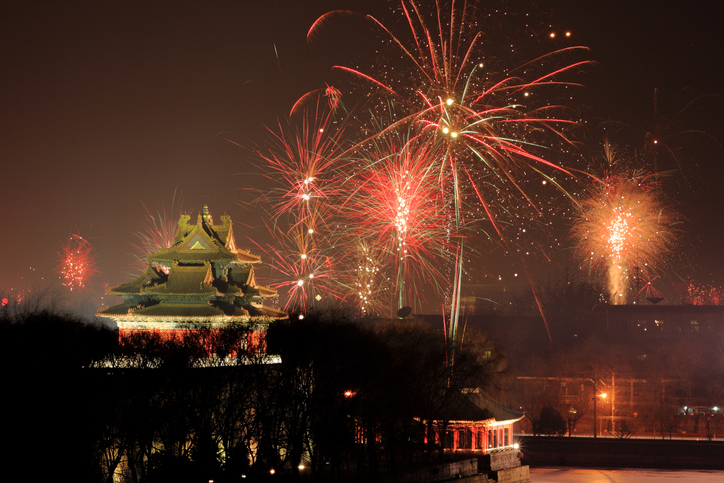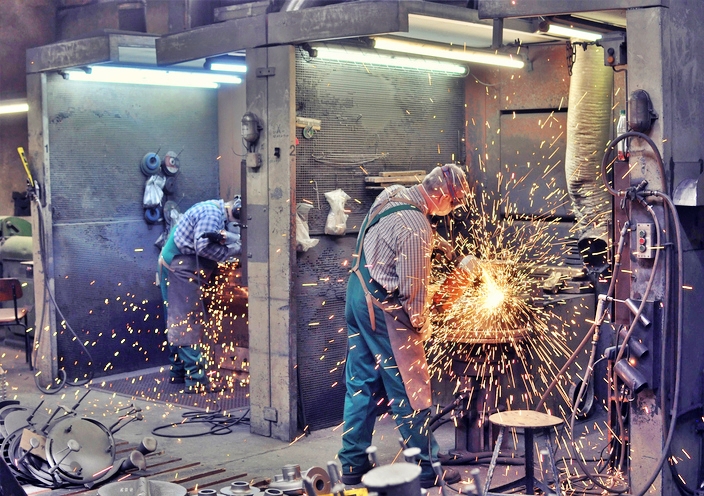Year of the Rabbit will be a good year
I do not know whether the investors have taken advantage of the Year of the Rabbit that officially started on 22nd January in China. However, there has clearly been a change in the attitude towards the Chinese stock market, and right now, the relationship between the US and China is also changing.
In Chinese astrology, the rabbit is considered a wise, cultured, and creative animal. These are virtues that will generally pave the way for a year of progress, including for the stock market. For some investors in China, this will matter. For the majority of investors both in and out of China, it is probably primarily the classic elements behind the movements in the stock markets that are of greatest importance, and something is cooking now.
The bulls are back in the Chinese stock market
Part of the story is a look back to mid-October last year when the Chinese Communist Party held its congress. In reality, nothing unexpected happened; the rhetoric concerning Taiwan was practically unchanged, President Xi was approved for a third term, and there was nothing new about the Covid-19 policy. On the latter subject, there was little hope of a remark from President Xi that would have indicated more relaxed Covid-19 regulations. It did not come, and thus, everything was politically status quo, but that was not the case among foreign equity investors.
The reaction in the stock market outside of China was a historically large sell-off in Chinese stocks. It immediately appeared that some international investors were surprised that President Xi would continue as party chairman and president, even though it had been prepared for years. Despite that, international investors sold even more of the remaining Chinese stocks. A few years ago, there was also a big sell-off where certain asset managers stated that China was “uninvestable” and that they would never return. In my best estimation, a significant proportion of international capital funds are now underweighted in Chinese stocks, and that situation alone can have a major impact on the price development of China’s stock market 2 to 3 months into the Year of the Rabbit.

The renewed sale in October last year meant that, for example, the HSCEI index plunged by approximately 12 percent in the second half of October. The decline meant that we had shares in the portfolio of our mutual fund trading at a P/E value (price/earnings) close to one despite it being well-functioning and profitable companies.
Chinese investors used the decline to buy in heavily, and some local investors even hoped that international investors would sell off the last holdings of shares so they could also be bought cheaply. Since the end of October, the HSCEI index has gone up by 48 percent, which naturally is starting to attract attention.
Many asset managers are measured against a benchmark that quite naturally contains Chinese stocks, and in some portfolios, that return is already lacking. This in itself is an interesting market situation, and at the same time, the political relations with the US are improving, and moreover, a belief in economic progress is spreading again in China.
Anticipating good beginnings
So, does this mean that all is well in China and the Year of the Rabbit offers nothing but sunshine? I cannot point to a country in this world where “everything is fine.” Unfortunately, one has to set slightly lower expectations, but the question is always how much has already been factored into the prices. In the case of China, it even applies that a number of investors are completely out of the market. Here, the question is how much the stock markets must rise before these investors give up and buy in again.
The general growth picture for Asia is around 5 percent of GDP growth this year, which also applies to China. Under the current global conditions, it’s not that bad at all, and it will provide a macroeconomic tailwind, but there are rain clouds that will first need to drift away in China. The country has to go through the current period with Covid-19, though I support the general opinion that at the start of the second quarter, the Covid-19 wave will be reduced.

At the same time, I also expect the development in both graphs one and two to show signs of improvement. Hence, companies get the opportunity to expand while consumers’ mood rises again. Regarding the retail sales in December, it should be mentioned that despite the negative annual development, the figure was significantly better than expected, so perhaps progress in retail sales is already on its way. If I am to become really optimistic about China’s economy, then exactly the retail sales need to improve more.
The start of the Year of the Rabbit hopefully offers other good developments. US Secretary of State Antony Blinken will visit China at the beginning of February. In mid-January, US Treasury Secretary Janet Yellen and Chinese Vice Premier Liu He met in Zurich where they agreed on mutual visits during this year. These are new tones — not wild, but more welcoming — which I expect investors will perceive as positive.






